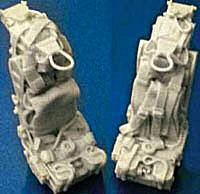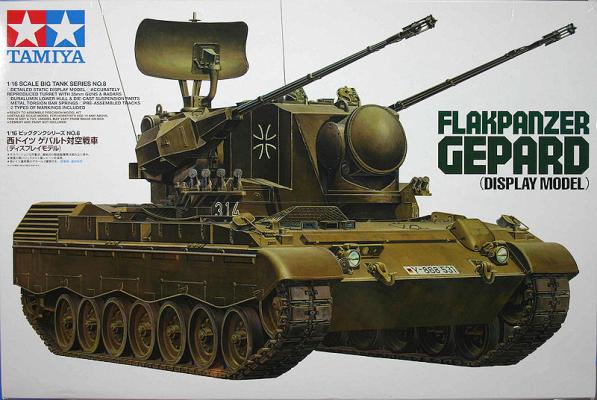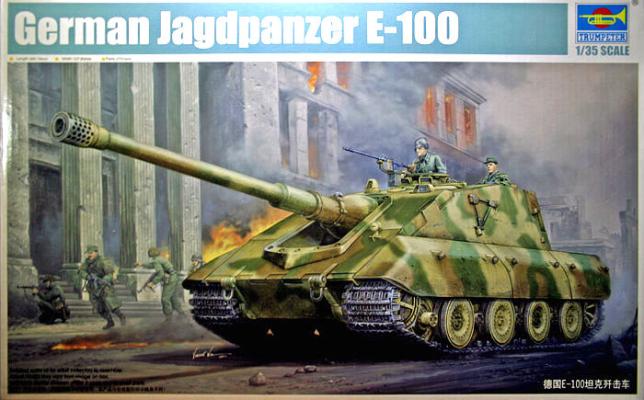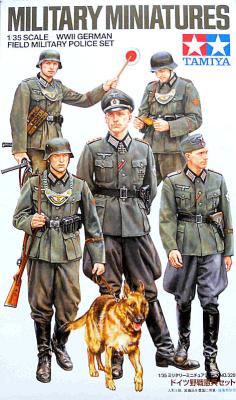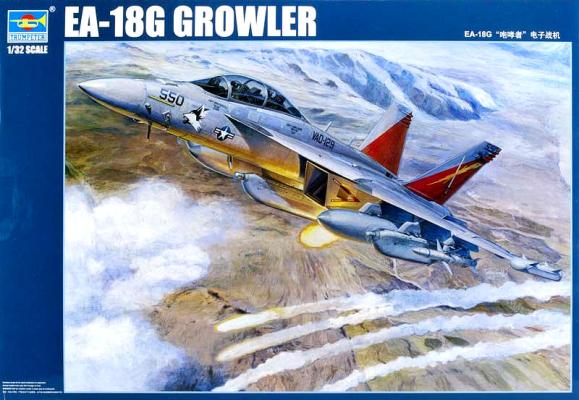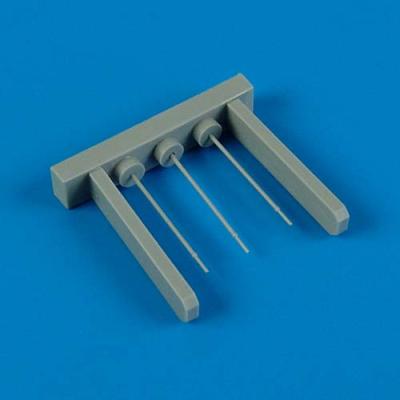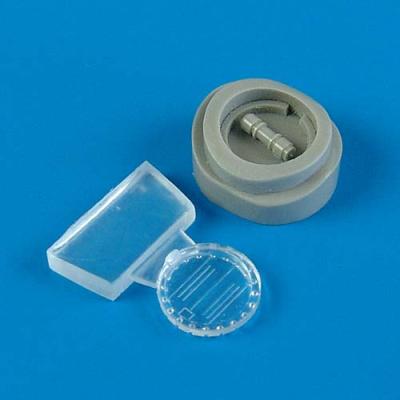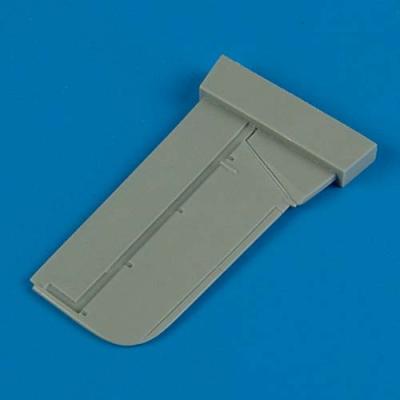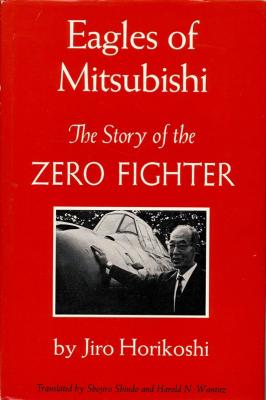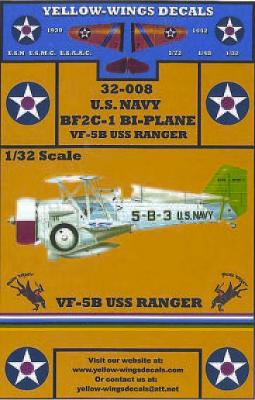Airfix's 1/48th Sea Vixen kit is a beauty all by itself. The one thing it does need is some ejection seats, as these are pretty visible when the build is done. The kit seats are OK but do not include any belts and, with the limitations of injection molding versus the great detail of resin, someone needed to make a nice set of seats. Squadron products to the rescue!
Squadron's True Details USA line offers excellent value and detail and these seats are no exception. The set comes with two seats and a small sprue of ejection handles to add. The first thing you notice is that the seats are not carbon copies of one another – they are different. This is a great idea as many aftermarket sets that have seats with belts just mold the seat twice and while you get a nice seat, they look identical, which isn't the real world.

